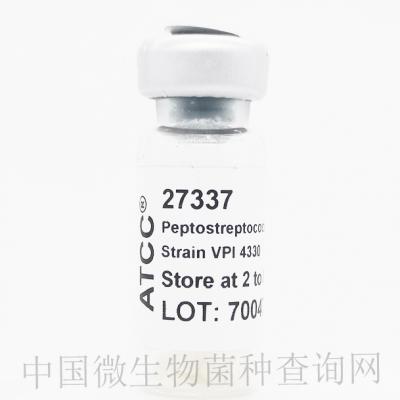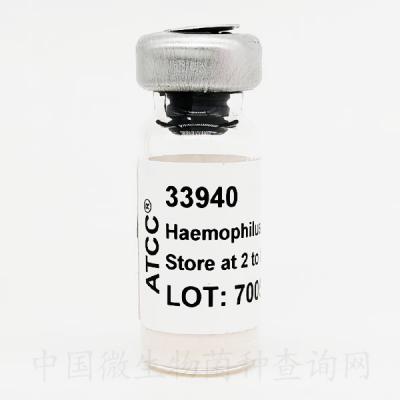
Candida albicans (Robin) Berkhout
64124 ™
An ampoule containing viable cells (may include spores and mycelia) suspended in cryoprotectant.
Product category
Fungi
Product type
Yeast
Drug-resistant fungus
Classification
Fungi, Ascomycota, Saccharomycotina, Saccharomycetes, Saccharomycetidae, Saccharomycetales, Candida
Strain designation
Darlington
Type strain
No
Isolation source
Mouth swab
Applications
Antimicrobial resistance research
Drug development
Infectious disease research
Sexually transmitted disease research
Product format
Freeze-dried
Storage conditions
2°C to 8°C
General
Specific applications
Opportunistic pathogen research
Sexually Transmitted Disease Research
Preceptrol
No
Characteristics
Morphology
After 3 days at 25°C colonies cream-colored, smooth, dull, dome-shaped, often becoming wrinkled with a mycelial border on prolonged incubation. Yeast cells generally globose to short-ovoid, thin-walled, hyaline, single or budding, occasionally forming short chains.
Comments
Ketoconazole-resistant
Handling information
Medium
ATCC Medium 28: Emmons' modification of Sabouraud's agar/broth
ATCC Medium 200: YM agar or YM broth
ATCC Medium 1245: YEPD
Temperature
24-26°C
Atmosphere
Aerobic
Handling procedure
For freeze-dry (lyophilized) ampoules:
Open an ampoule according to enclosed instructions.
From a single test tube of sterile distilled water (5 to 6 mL), withdraw approximately 0.5 to 1.0 mL with a sterile pipette and apply directly to the pellet. Stir to form a suspension.
Aseptically transfer the suspension back into the test tube of sterile distilled water.
Let the test tube sit at room temperature for (25°C) undisturbed for at least 2 hours; longer (e.g., overnight) rehydration might increase viability of some fungi.
Mix the suspension well. Use several drops (or make dilutions if desired) to inoculate recommended solid or liquid medium.
Incubate the inoculum/strain at the temperature and conditions recommended.
Inspect for growth of the inoculum/strain regularly. The sign of viability is noticeable typically after 1-2 days of incubation. However, the time necessary for significant growth will vary from strain to strain.
Handling notes
Ketoconazole-resistant.
Additional information on this culture is available on the ATCC® web site at www.atcc.org.
Quality control specifications
Sequenced data
D1D2 region of the 26S ribosomal RNA gene:
ATATCAATAAGCGGAGGAAAAGAAACCAACAGGGATTGCCTCAGTAGCGGCGAGTGAAGCGGCAAAAGCTCAAATTTGAAATCTGGCGTCTTTGGCGTCCGAGTTGTAATTTGAAGAAGGTATCTTTGGGCCCGGCTCTTGTCTATGTTCCTTGGAACAGGACGTCACAGAGGGTGAGAATCCCGTGCGATGAGATGACCCGGGTCTGTGTAAAGTTCCTTCGACGAGTCGAGTTGTTTGGGAATGCAGCTCTAAGTGGGTGGTAAATTCCATCTAAAGCTAAATATTGGCGAGAGACCGATAGCGAACAAGTACAGTGATGGAAAGATGAAAAGAACTTTGAAAAGAGAGTGAAAAAGTACGTGAAATTGTTGAAAGGGAAGGGCTTGAGATCAGACTTGGTATTTTGCATGCTGCTCTCTCGGGGGCGGCCGCTGCGGTTTACCGGGCCAGCATCGGTTTGGAGCGGCAGGATAATGGCGGAGGAATGTGGCACGGCTTCTGCTGTGTGTTATAGCCTCTGACGATACTGCCAGCCTAGACCGAGGACTGCGGTTTTTACCTAGGATGTTGGCATAATGATCTTAAGTCGC
18S ribosomal RNA gene, partial sequence; internal transcribed spacer 1, 5.8S ribosomal RNA gene, and internal transcribed spacer 2, complete sequence; and 26S ribosomal RNA gene, partial sequence
GGTTTCCGTAGGTGAACCTGCGGAAGGATCATTACTGATTTGCTTAATTGCACCACATGTGTTTTTCTTTGAAACAAACTTGCTTTGGCGGTGGGCCCAGCCTGCCGCCAGAGGTCTAAACTTACAACCAATTTTTTATCAACTTGTCACACCAGATTATTACTAATAGTCAAAACTTTCAACAACGGATCTCTTGGTTCTCGCATCGATGAAGAACGCAGCGAAATGCGATACGTAATATGAATTGCAGATATTCGTGAATCATCGAATCTTTGAACGCACATTGCGCCCTCTGGTATTCCGGAGGGCATGCCTGTTTGAGCGTCGTTTCTCCCTCAAACCGCTGGGTTTGGTGTTGAGCAATACGACTTGGGTTTGCTTGAAAGACGGTAGTGGTAAGGCGGGATCGCTTTGACAATGGCTTAGGTCTAACCAAAAACATTGCTTGCGGCGGTAACGTCCACCACGTATATCTTCAAACTTTGACCTCAAATCAGGTAGGACTACCCGCTGAACTTAAGCATATCAATAA
History
Legal disclaimers





